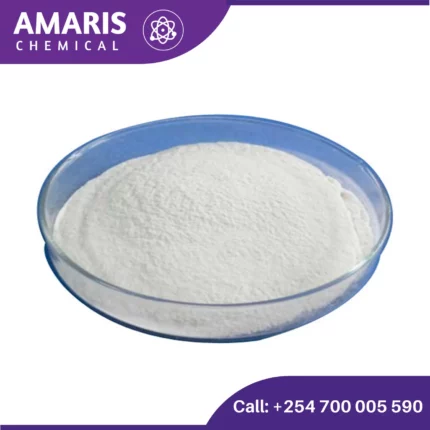
Magnesium Oxide Light Powder 250gm
$2,500.00 Original price was: $2,500.00.$2,300.00Current price is: $2,300.00.
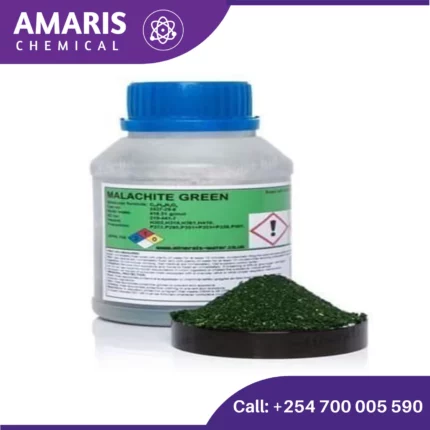
Malachite Green 25gm
$1,500.00 Original price was: $1,500.00.$1,200.00Current price is: $1,200.00.
Magnesium Ribbon 25gm
$1,200.00 Original price was: $1,200.00.$900.00Current price is: $900.00.
Whatsapp Order
Magnesium ribbon is a common laboratory material made from pure magnesium. It is typically supplied in thin strips or coils, making it easy to cut and handle. Magnesium ribbon has several uses and is involved in various types of experiments due to its distinct chemical and physical properties.
SKU:
ACS99293CHEM0
Category: LABORATORY EQUIPMENT & APPARATUS
Description
Table of Contents
ToggleUses of Magnesium Ribbon
1. Combustion Experiments
- Demonstration of Combustion: Magnesium ribbon is often ignited to demonstrate a combustion reaction. It burns with an intense white flame, forming magnesium oxide (MgO) and releasing a significant amount of light and heat.
2Mg+O2→2MgO2Mg+O2→2MgO
- Illustrating Exothermic Reactions: The burning of magnesium is a clear example of an exothermic reaction, showcasing the release of energy in the form of light and heat.
2. Chemical Reactions
- Reaction with Acids: Magnesium reacts vigorously with acids like hydrochloric acid to produce hydrogen gas and magnesium chloride (MgCl₂). This reaction is used to study reactivity and gas production.
Mg+2HCl→MgCl2+H2Mg+2HCl→MgCl2+H2
- Single Displacement Reactions: Magnesium can displace less reactive metals from their compounds in solution, illustrating the activity series of metals.
3. Thermite Reactions
- Ignition Source: Due to its high burning temperature, magnesium ribbon can be used to ignite thermite mixtures, which involve the reaction of metal oxides with aluminum to produce molten metal and a great deal of heat.
4. Synthesis of Magnesium Compounds
- Formation of Magnesium Hydroxide: When reacted with water, magnesium forms magnesium hydroxide and hydrogen gas, which can demonstrate the reactivity of magnesium with water.
Mg+2H2O→Mg(OH)2+H2Mg+2H2O→Mg(OH)2+H2
- Production of Magnesium Sulfate: By reacting magnesium with sulfuric acid, magnesium sulfate (Epsom salt) can be produced, which is used in various applications.
Mg+H2SO4→MgSO4+H2Mg+H2SO4→MgSO4+H2
5. Educational Demonstrations
- Redox Reactions: Magnesium is used to demonstrate oxidation-reduction reactions, showing the transfer of electrons between substances.
- Stoichiometry: It can be used to illustrate stoichiometric principles in chemical reactions by measuring the reactants and products.
6. Energy Studies
- Heat and Light Production: The intense heat and light produced by burning magnesium can be used to study energy transformations and the characteristics of different types of energy.
7. Analytical Chemistry
- Gravimetric Analysis: Magnesium can be used in gravimetric analysis, where its reaction with other substances is used to isolate and weigh a product, helping determine the composition of a sample.
Safety Considerations
- Eye Protection: Always wear proper eye protection, such as safety goggles, when burning magnesium to protect against the bright light.
- Fire Safety: Use appropriate fire extinguishers (Class D) for metal fires. Do not use water or CO₂ extinguishers on burning magnesium.
- Handling: Handle with care to avoid skin contact and inhalation of dust or fumes.
Storage and Disposal
- Storage: Store magnesium ribbon in a dry, cool place away from moisture and oxidizing agents.
- Disposal: Neutralize small amounts with dilute acids before disposal. Follow local hazardous waste disposal regulations for larger quantities.
Reviews (0)
Be the first to review “Magnesium Ribbon 25gm” Cancel reply
Related products
bare enamelled copper wire
$0.01
beaker hysil
$0.01
A glass beaker is a cylindrical, open-top container made of glass, typically with graduated volume markings on its side. It is commonly used in laboratories for holding, mixing, and heating liquids, as well as for performing various experiments and chemical reactions. Glass beakers come in various sizes and are designed to provide easy observation of the contents and to withstand temperature changes without significant deformation or chemical interaction with the substances being used.
Beaker Plastic
$0.01
A plastic beaker is a laboratory container made from plastic material, typically featuring a cylindrical shape with a flat bottom and a spout or pouring lip. It is used for holding, measuring, and mixing liquids or substances during various scientific experiments, research, or educational activities. Plastic beakers come in a range of sizes and are designed to withstand various chemicals and temperatures, making them versatile tools in laboratory settings.
Bernoulli Tube Apparatus
$0.01
The Bernoulli tube apparatus, also known as a Venturi tube apparatus, is a scientific device used to demonstrate the principles of fluid dynamics, particularly the Bernoulli's principle. It consists of a specially shaped tube with a constricted region, often referred to as a Venturi section. When fluid (liquid or gas) flows through the tube, the constricted section leads to changes in pressure and velocity according to Bernoulli's principle, which states that as the velocity of a fluid increases, its pressure decreases and vice versa. This apparatus is commonly used in educational settings to visually illustrate how the flow of a fluid can affect its pressure, helping to explain various phenomena like lift in aircraft wings, fluid flow through pipes, and more.



 LABORATORY EQUIPMENT & APPARATUS
LABORATORY EQUIPMENT & APPARATUS
 Fertilizers
Fertilizers Plant Growth Regulators
Plant Growth Regulators Soil Conditioners
Soil Conditioners Animal Feed Additives
Animal Feed Additives Biostimulants
Biostimulants Dough Conditioners
Dough Conditioners Flour Treatments
Flour Treatments Fat Replacers
Fat Replacers Preservatives (baking)
Preservatives (baking)
 Surfactants (cleaning)
Surfactants (cleaning) Builders
Builders Bleaching Agents
Bleaching Agents Enzymes
Enzymes Solvents (cleaning)
Solvents (cleaning) Fragrances
Fragrances

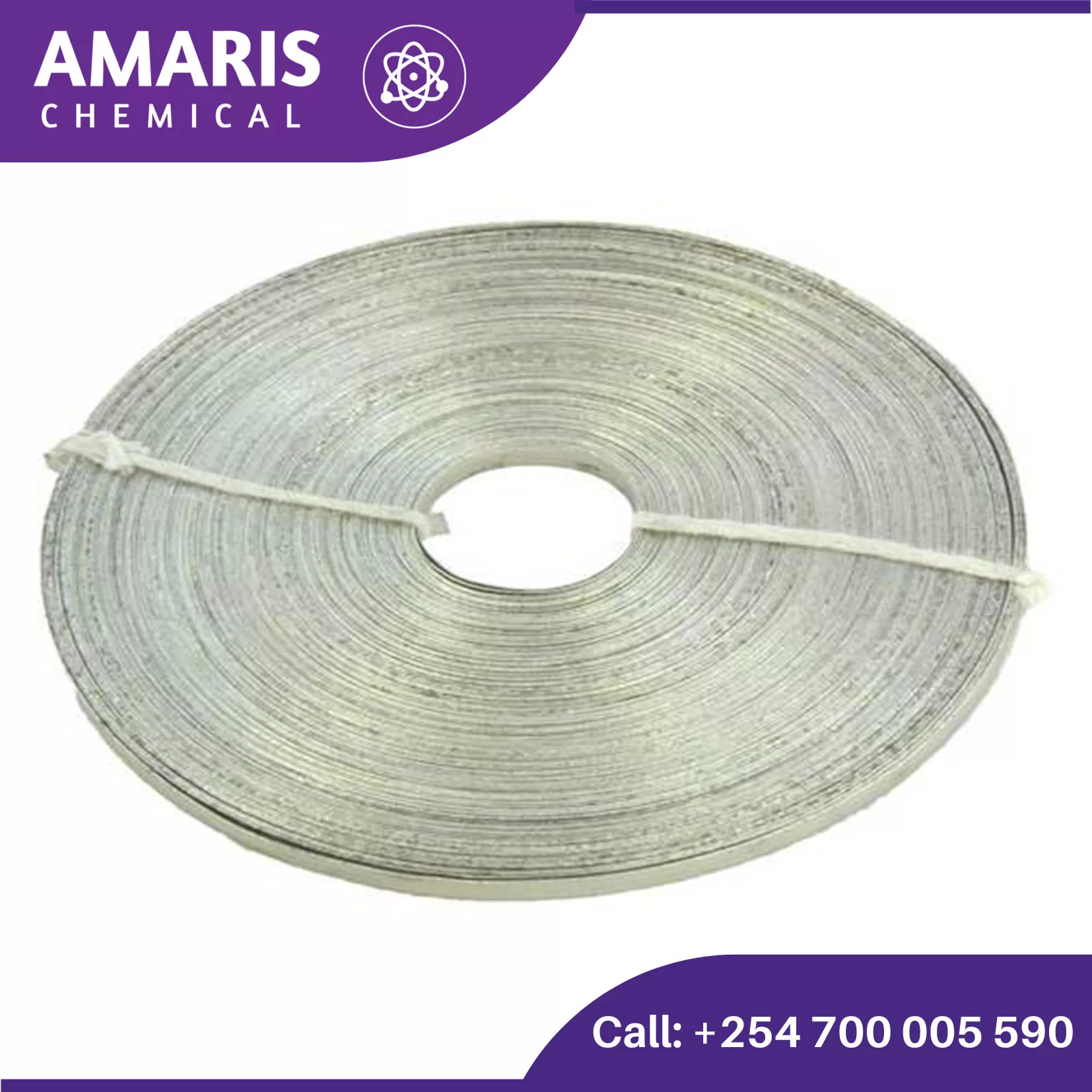


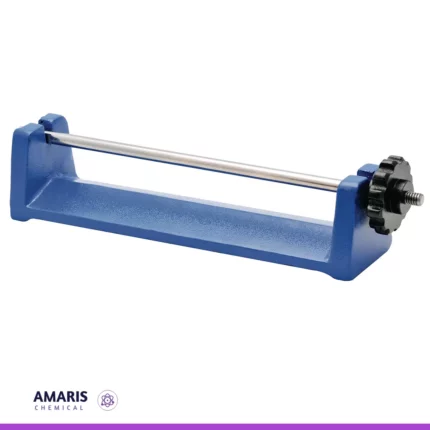
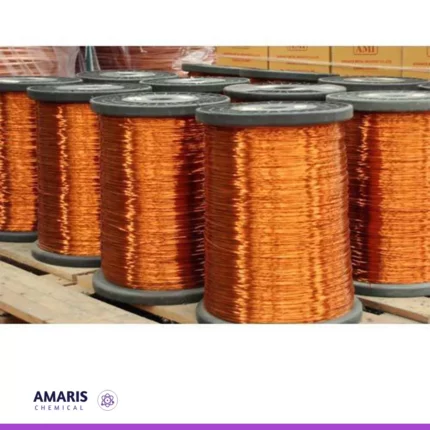
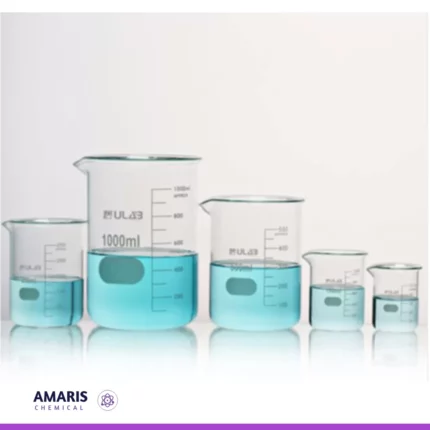
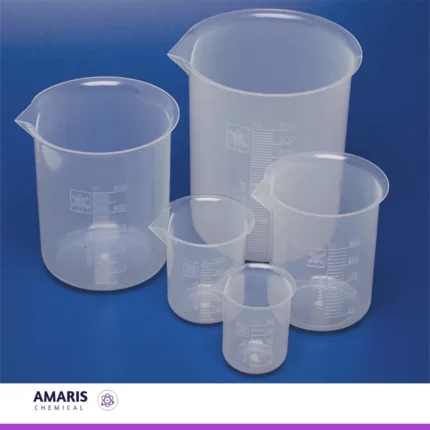














Reviews
There are no reviews yet.